The Witcher 3: Wild Hunt is one meaty, meaty open-world RPG. There’s so much for players to see and do in The Continent that you won’t know where to start. At the same time, the game can be pretty challenging for newcomers, and there’s a lot to get your head around. As such, some players may be wondering if it’s possible to change difficulty in Witcher 3, and if so, how you do it. Well, let’s run you through everything you need to know.
Difficulty in The Witcher 3
Changing Difficulty in The Witcher 3
- Load Up Your Saved Game
The game will take a moment to load. You must load your save file, as you will not be able to change difficulty from the main menu.
- Press the Options/ Menu Button or Esc on PC to bring up the pause menu.
This will include options like ‘Save Game,’ ‘Load Game,’ and ‘Gwent Deck’ to name a few.
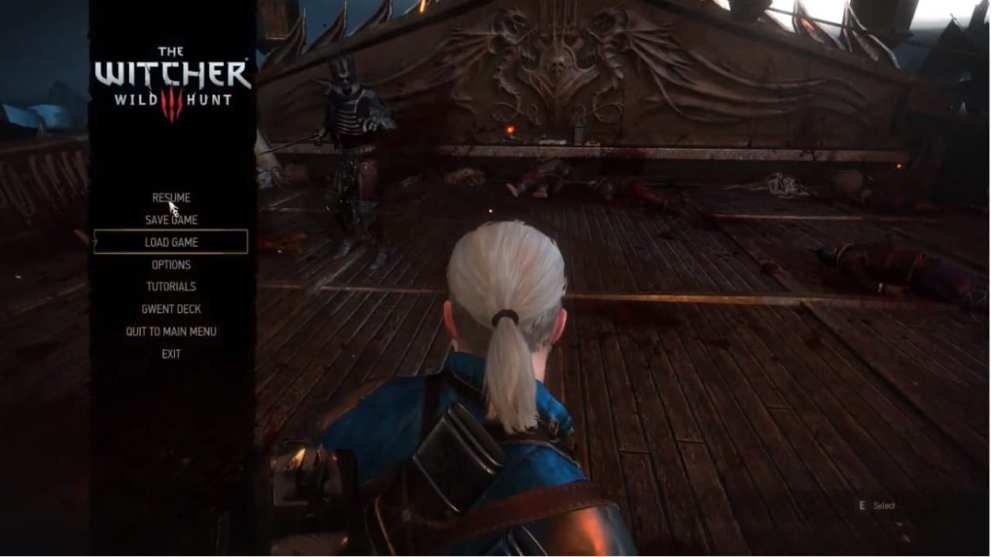
- Select ‘Options’
This is the fourth option down, just below ‘Load Game.’
- Choose ‘Gameplay’
This is the fifth option down within the ‘Options’ menu.
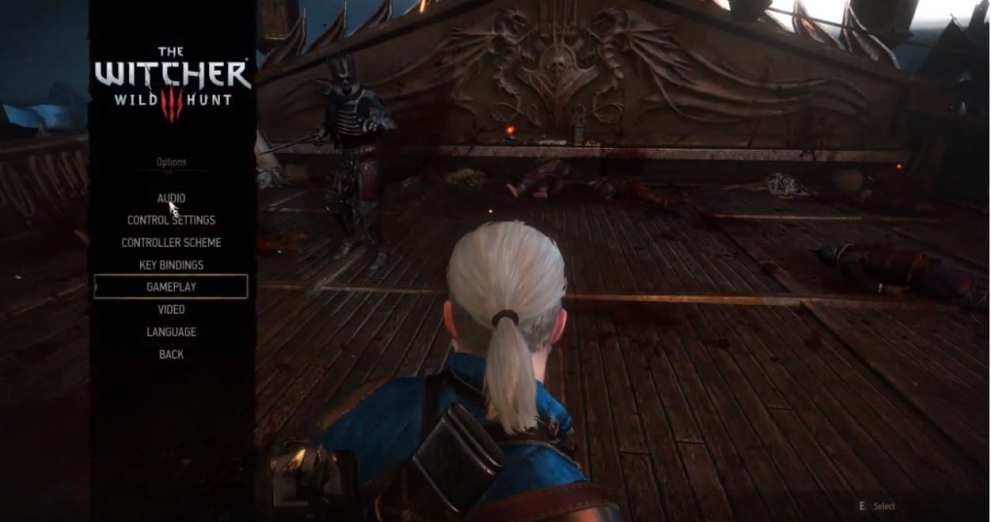
- Highlight the ‘Difficulty Level’ Option at the Bottom.
You can now choose from four options: Just the Story, Story and Sword, Blood and Broken Bones, and Death March. These go from easiest to hardest as we’ve listed below.
- Choose Your Difficulty Setting
Simply use your left analog stick to select the difficulty you want by moving the ‘Difficulty Level’ slider left and right. Left makes it easier, right makes it harder.
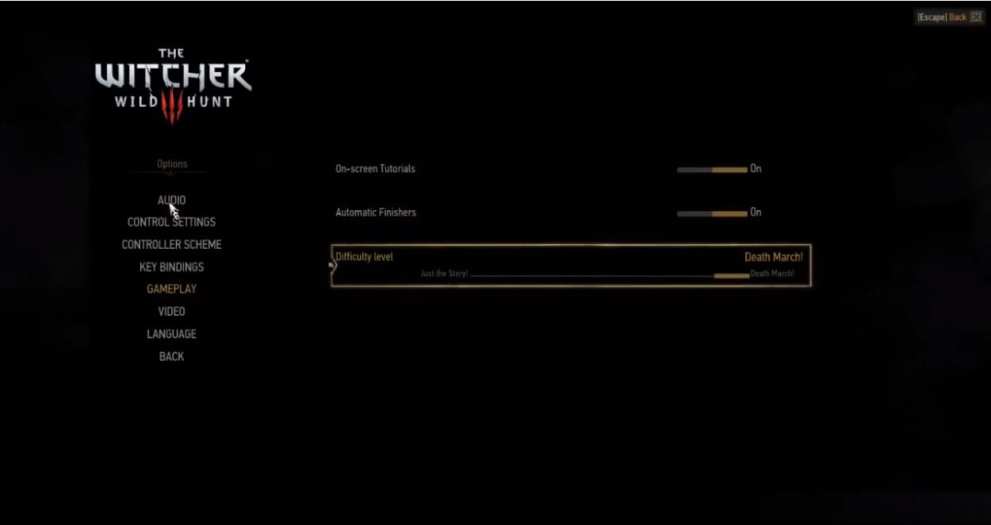
- Return to the Game
Exit out of all of the menus and you’ll now be ready to dive back into the action.
What Difficulty Changes
If you’re wondering exactly how changing the difficulty level affects the gameplay in The Witcher 3, we’ve broken this all down for you. Simply put, it’ll change the following:
- Enemy HP
- Enemy Damage Output
- HP Regeneration
- XP Earned
While enemy HP might seem like a real slog of a change, it isn’t in The Witcher 3. Enemies may have more HP at higher difficulty levels, but it may be an extra hit or two to take down common enemies.
The biggest adjustment when changing difficulty in Witcher 3 is the damage output of enemies. On higher difficulties, you’ll need to really get to grips with the dodge, roll and parry mechanics to come out of combat encounters unscathed.
You’ll also want to use bombs, oils, and decoctions etc. more frequently on higher difficulty settings.
On higher difficulties, players won’t be able to meditate when not in battle to restore health. Instead, players will need to use food, potions, and sign upgrades to restore your health.
Finally, there’s talk that the amount of XP dished out varies depending on the difficulty setting you’re on. While this may be the case, it’s such a tiny change in the amount rewarded that it’s not even worth worrying about.
That’s everything on how to change difficulty in Witcher 3 that you need to know. For more tips, tricks, and guides, be sure to check out our ever-expanding guide wiki or search for Twinfinite.
You can also check out our Hearts of Stone guide wiki, and Blood and Wine guide wiki’s should you need a hand with the game’s two expansions.

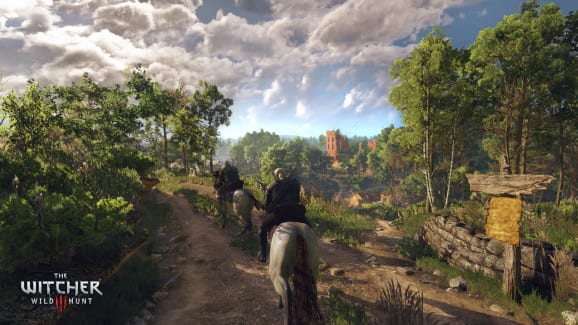



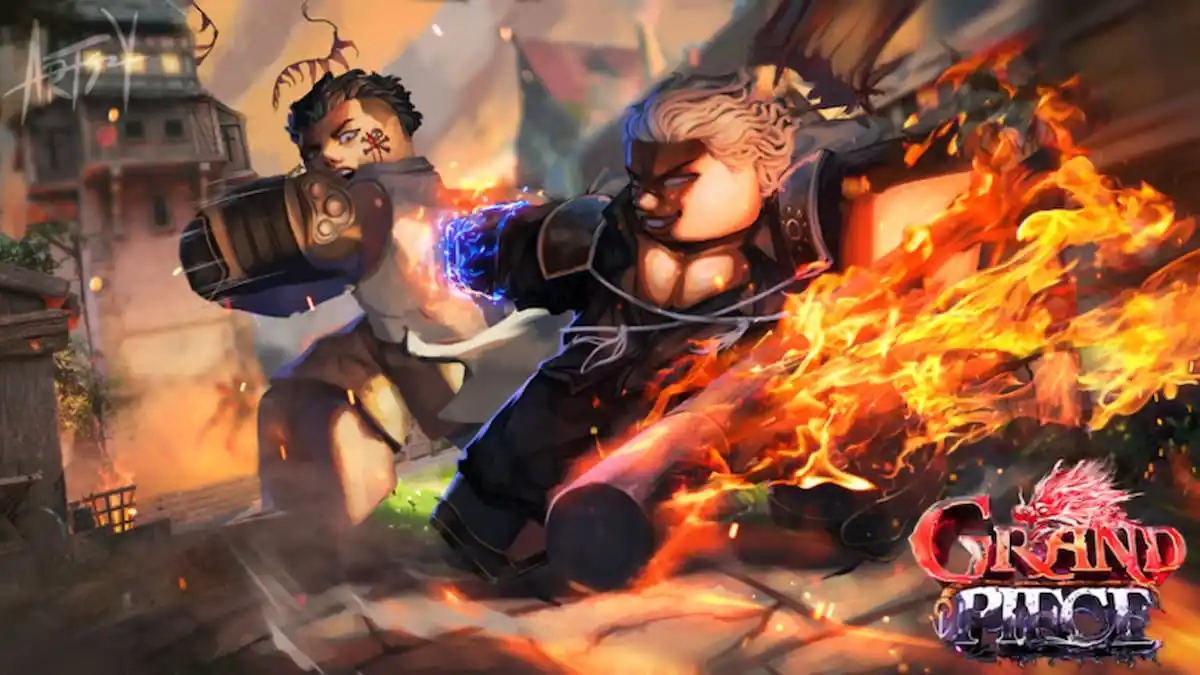


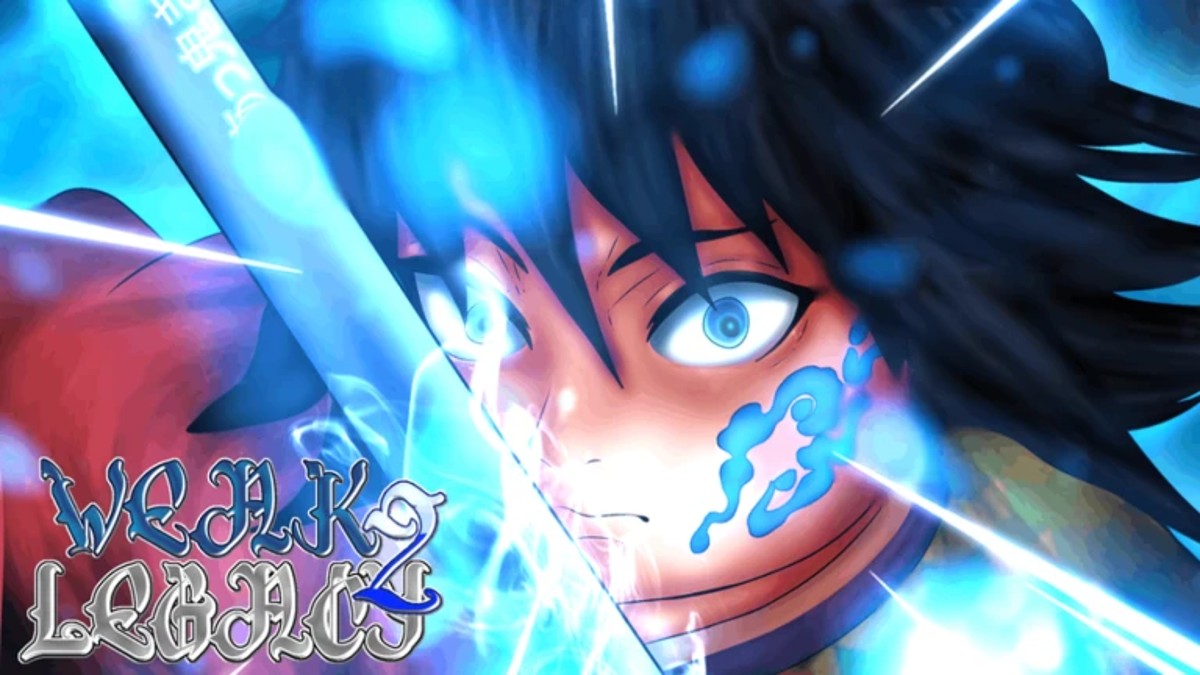
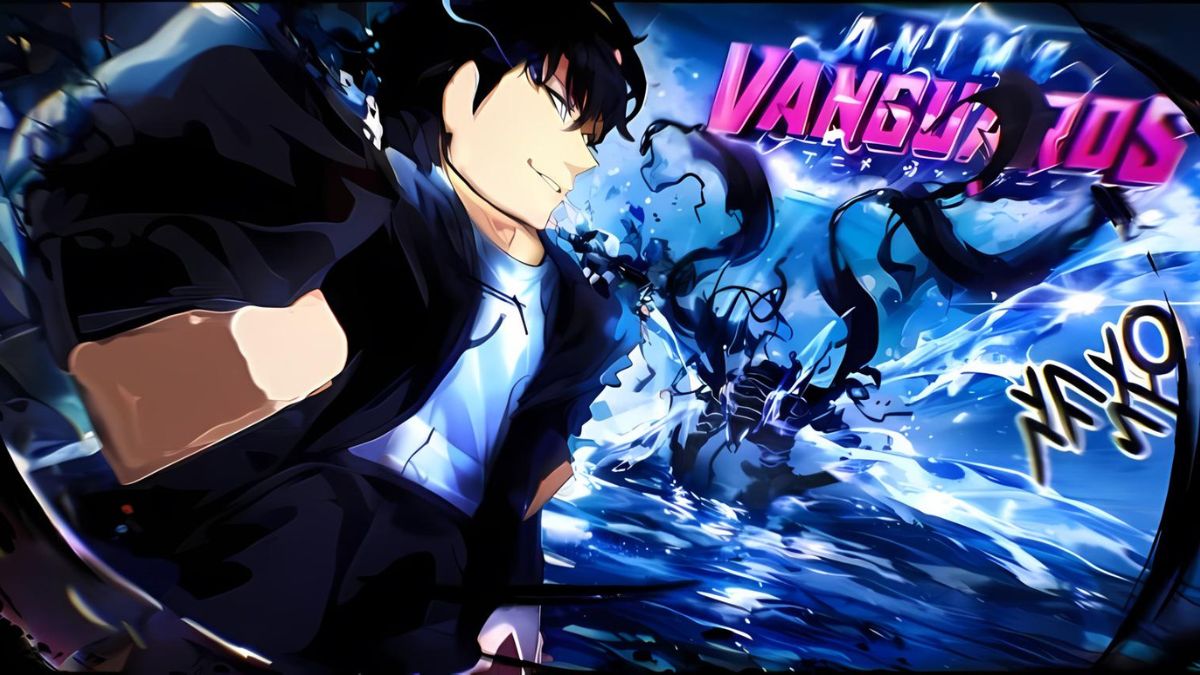


Updated: Jan 14, 2020 10:36 am